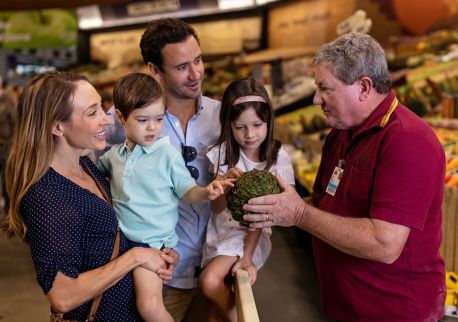Nick's Seafood Restaurant
Highlights
Overview
An iconic landmark on the Cockle Bay Promenade, Nick's Seafood Restaurant in Darling Harbour is celebrated for its 'Sea to Plate' philosophy. This culinary approach highlights the exquisite flavours of fresh Australian seafood, showcasing mouth-watering oysters, giant lobsters and only the finest locally sourced produce.
Each day, the produce for Nick's Seafood Restaurant is hand-picked by a team of expert buyers at the iconic Sydney Fish Markets, before our chefs delicately showcase the natural flavours of locally sourced Australian seafood.
Embrace the luxury of sipping champagne on the spectacular harbourfront alfresco while indulging in Nick's Signature Seafood Platter – an opulent tribute to the ocean's finest treasures. This exquisite platter is highlighted by whole-cooked lobster, freshly shucked oysters and succulent king prawns, creating a truly memorable and indulgent experience.




























